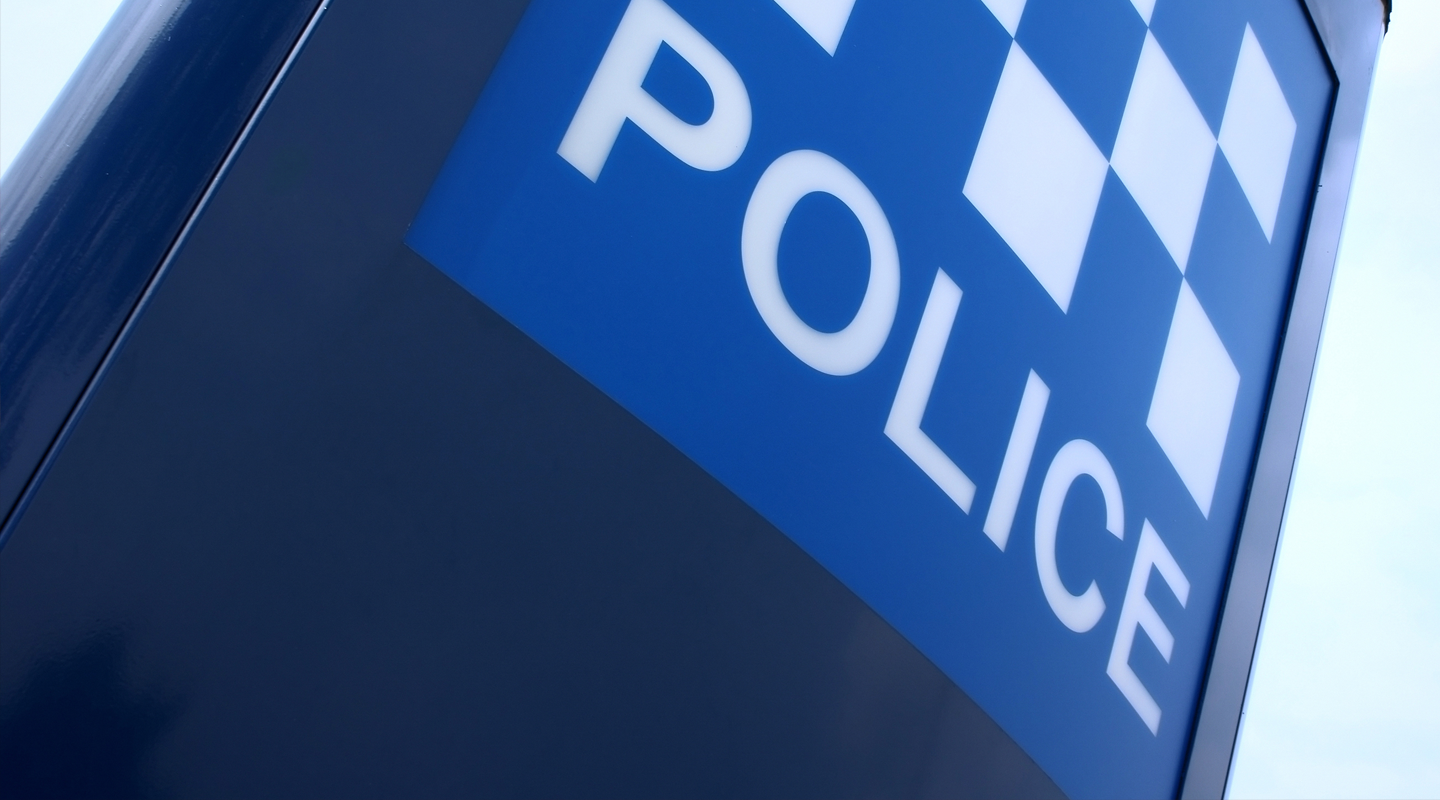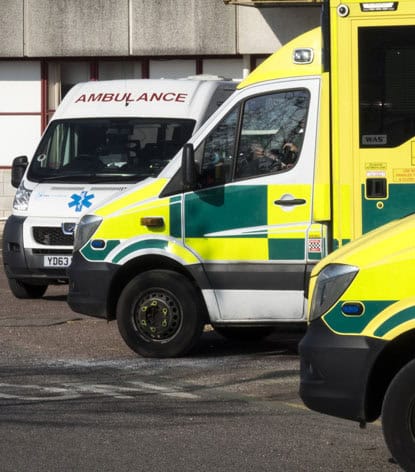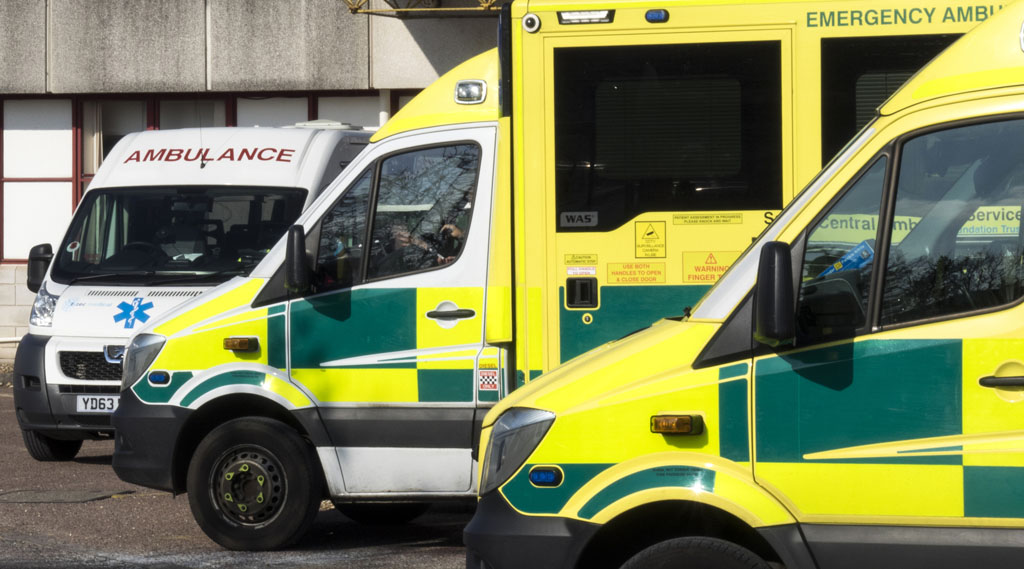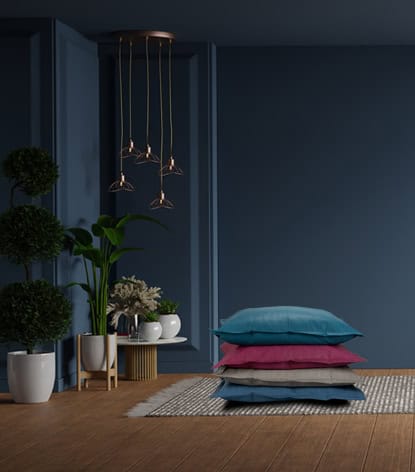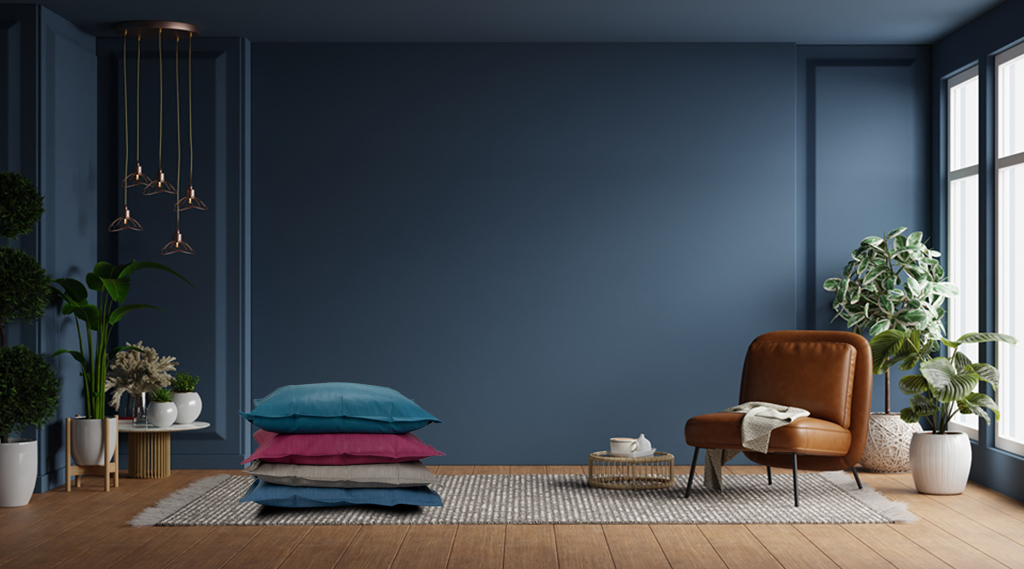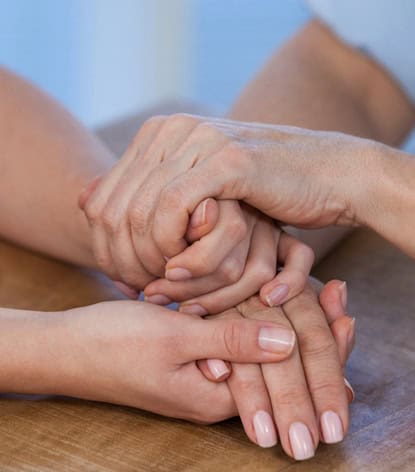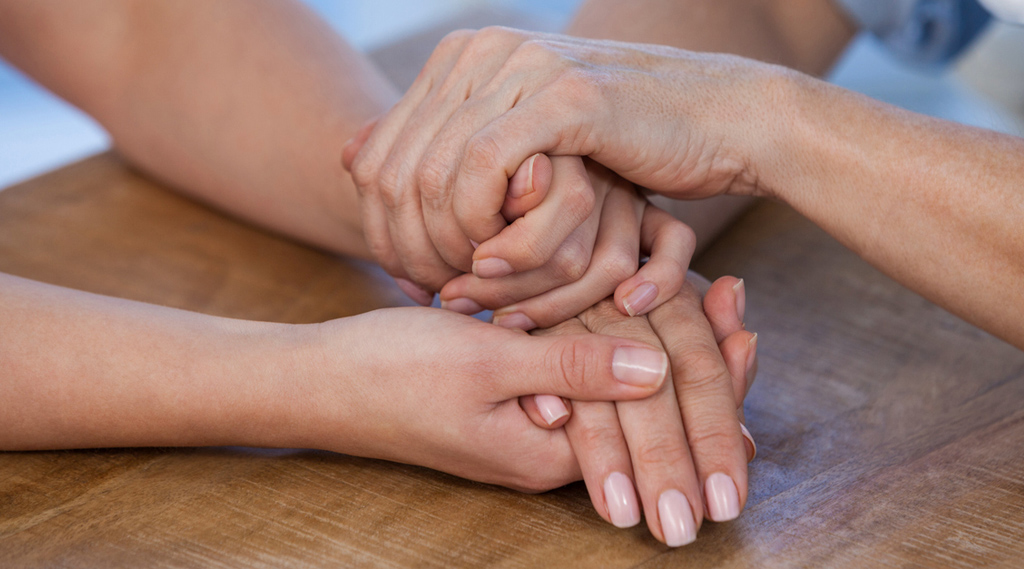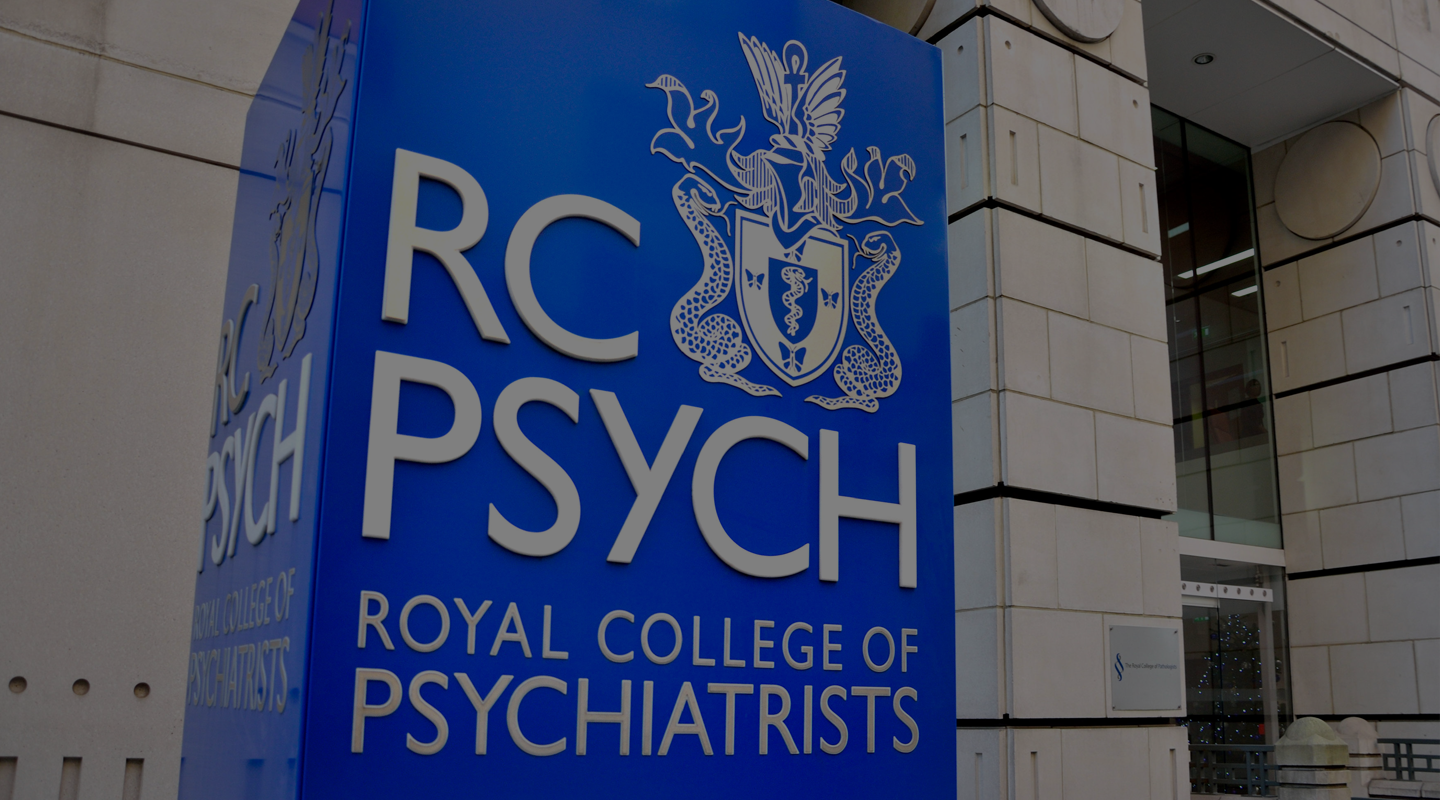
Medium Secure Servicefor Women
Significantly reduced the need for any type of restraint
Client: Priory Group
Product: Standard Safety Pod

Summary
- Reduced injuries to both staff and patients
- Reduced aches and pains during and after restraint
- No need for floor restraint in 77 cases of restrictive practice being required
- Significantly reduced the need for any type of restraint
- Service would recommend the Safety Pod for use in other similar organisations
- UK Pods Ltd’s customer service rated as “excellent”
Reducing Staff Injury
The Priory Group has been using the Safety Pods in a medium secure service for women. Patients included those with a personality disorder diagnosis.
Reducing Injuries to Staff and Patients
The feedback stated that ‘yes’ the introduction of Safety Pods had reduced injuries to both staff and patients in restraint situations, with the additional comments:
“There has been a reduction in staff and patient injury during physical intervention.” Another staff member said: “I’ve worked here several years and the use of the Safety Pods has reduced staff injury. They have also reduced the aches and pains during and after restraint.”
Reduction in Floor Restraints
This unit has seen a 100% reduction in floor restraints to 0 in six months of 2019 and since the introduction of the Safety Pod. This was despite 77 situations where an individual required the use of restrictive practise for theirs and others’ safety.
It reported that in the same six month period of 2017, it had 70 episodes of restraint, in which 9 (12.9%) had resulted in floor restraint. Additionally, in the same six-month period in 2018, it had 12 episodes where restraint was required, of which 3 (25%) had ended in floor restraint.
Recommendation
The Priory Group said ‘yes’ it would recommend Safety Pods for use in other similar organisations or units. It also rated UK Pods Ltd’s customer service as “excellent”
Patients were using the Safety Pods at their own leisure for example, to listen to music and other activities such as mindfulness colouring, watching television, or simply relaxing.
Safety Pods are now incorporated in to positive behavioural support plans on the unit, and patients themselves have highlighted that they would prefer the use of a Safety Pod if they require physical intervention.
Patient Quote
“I really enjoyed the training, especially the use of the Pods”



